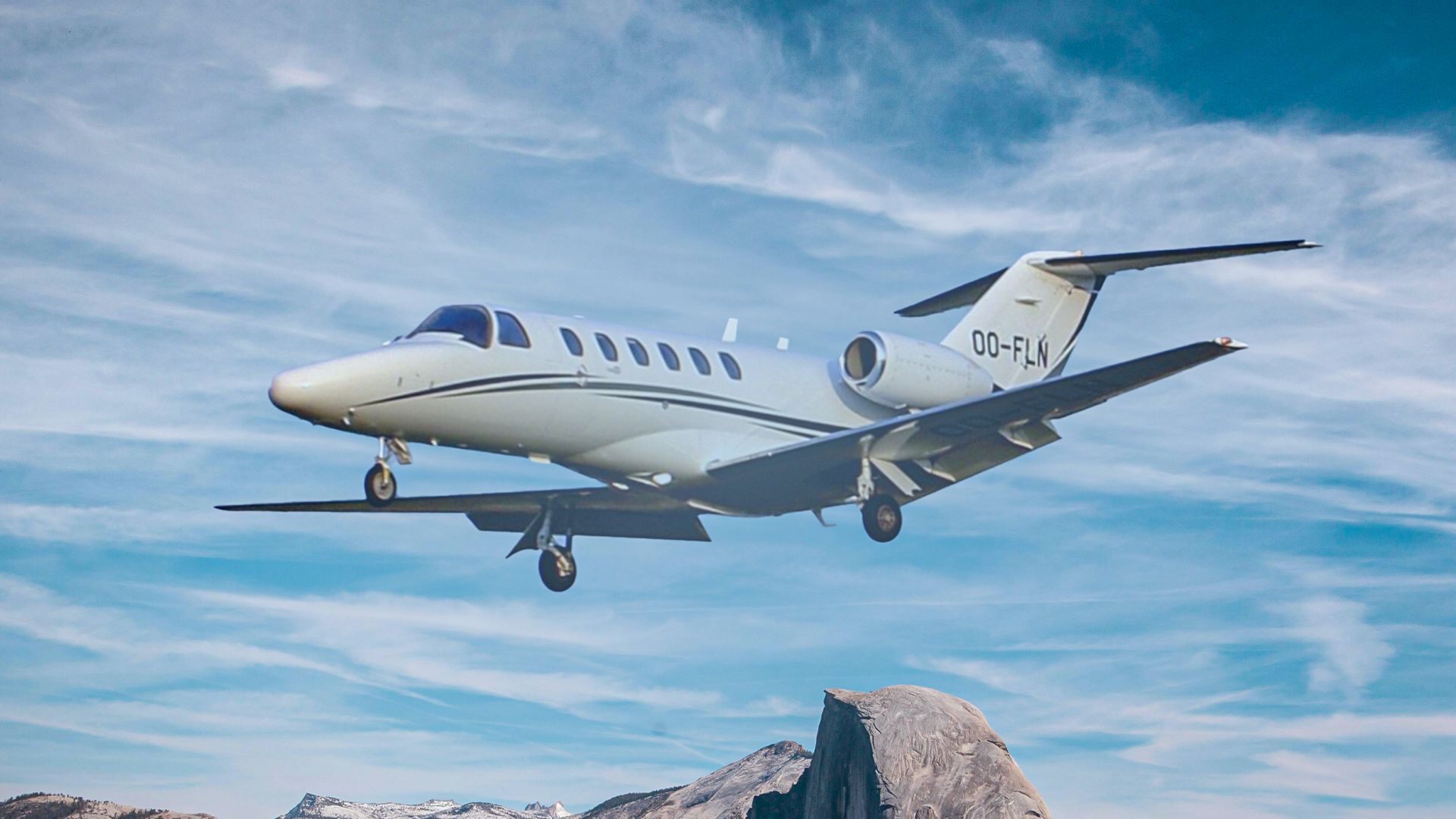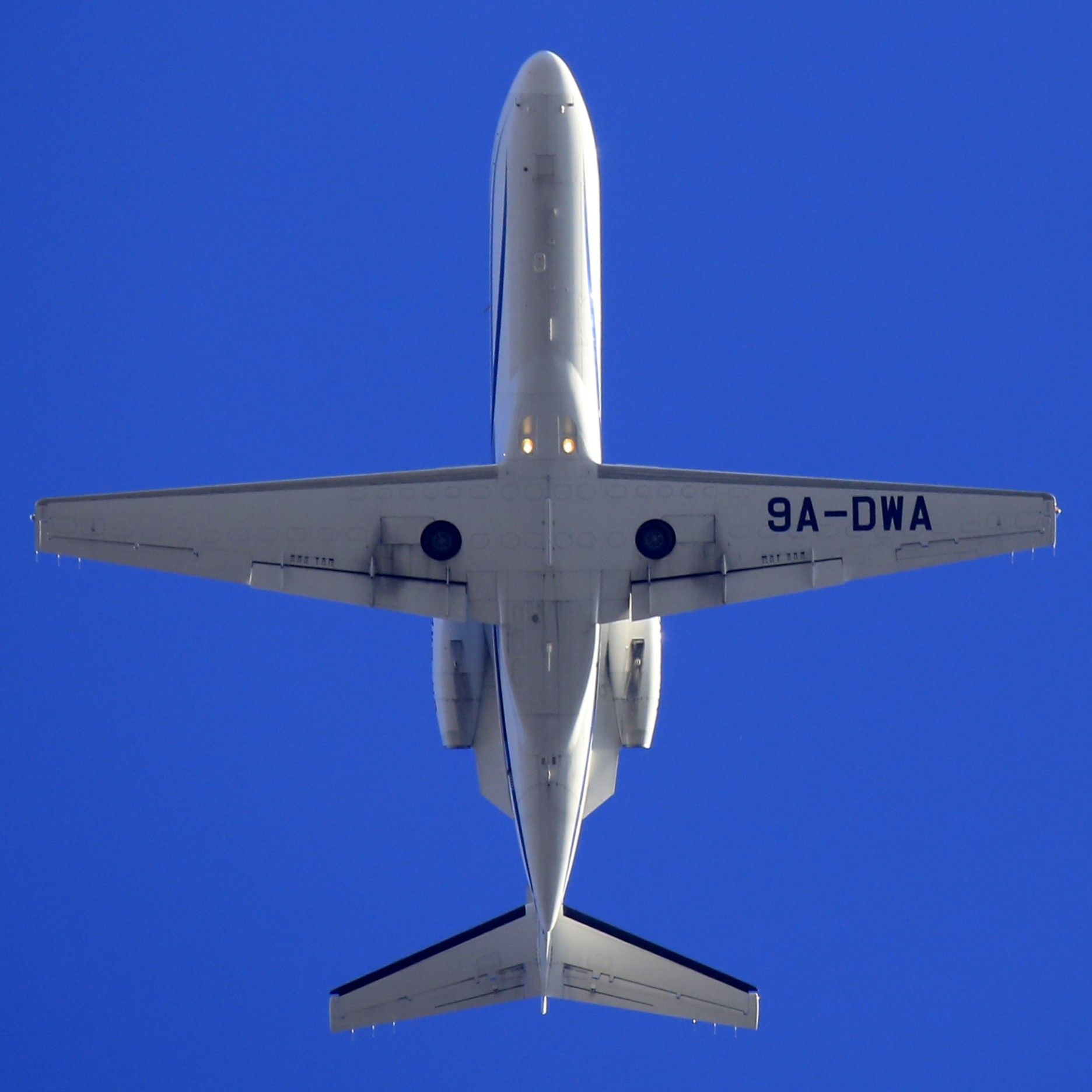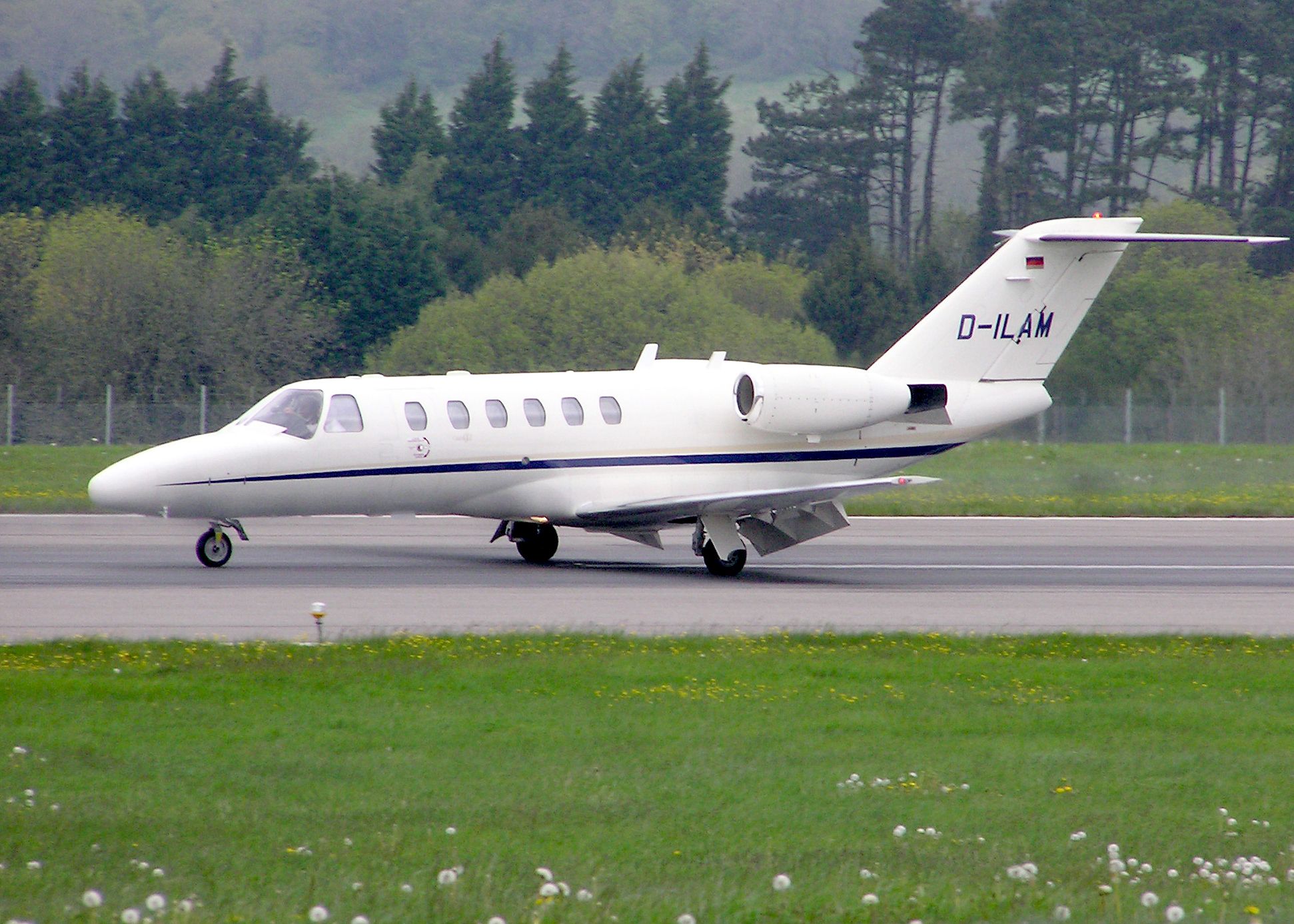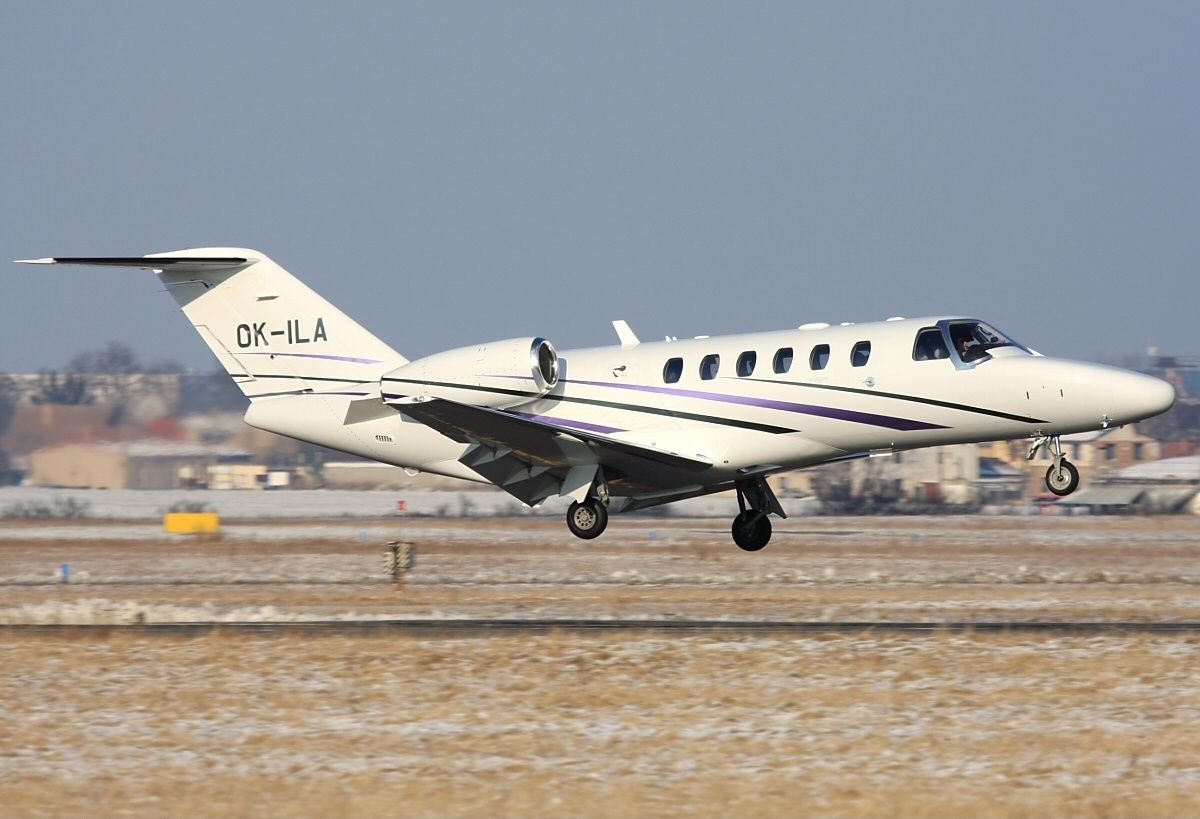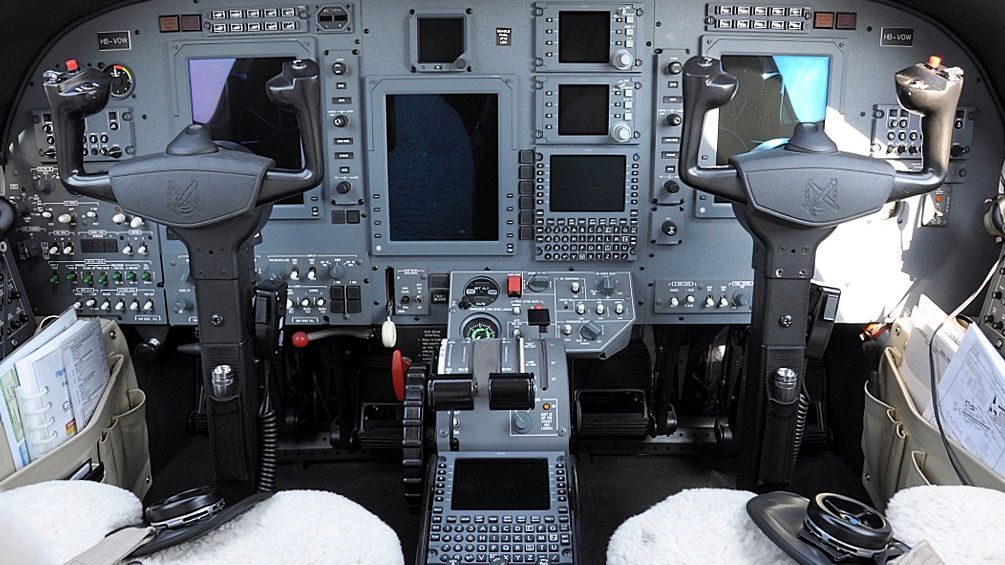Summary
- The CJ2 was replaced by the CJ2+ in 2005 due to increased engine performance and the need for less runway requirements.
- Production of the CJ2+ ceased in 2016 due to low demand when the M2 and CJ3+ were released and overlapped its market.
- Today, there are still 236 original CJ2 and 223 CJ2+ aircraft in operation, predominantly in North America.
The Cessna CitationJet CJ2 was part of the Citation family built by Cessna, now owned by Textron Aviation. Cessna first delivered their first Citation in 1972, and production on some models still continues today. But why does Cessna no longer make the Citation CJ2?
The original CitationJet CJ2
The CJ2 was a stretched version of the CitationJet CJ1, and the fuselage was five feet longer than the original. The wingspan was also stretched. The light jet was designed for six passengers and a single pilot operation. It had Williams FJ44-2C turbofan engines that produced 2400 pounds of thrust and the Rockwell Collins Pro Line 21 avionics suite. The aircraft has a range of 1,530 nautical miles and a maximum cruise speed of 407 knots or 754 kilometers per hour. The CJ2 was first delivered in 2000 and 300 of the aircraft were made until the CJ2+ was introduced.
The CitationJet CJ2+ was introduced.
The CJ2+ was introduced in April 2006, and performance was increased by the Williams FJ44-3A-24 engines with FADEC control. Its range increased to 1550 nautical miles, a maximum cruise speed of 413 knots, and had decreased runway requirements. TCAS and TAWS were made standard in the avionics suite. The CJ2+ Alpine edition was released in 2014 as an upgrade package for CJ2+. It had the Garmin G3000 avionics suite and a new cabin interior similar to that of the CJ1+, which then became the M2.
New variants developed, and demand dropped.
The CJ2 ceased production in 2005 when it was replaced by the CJ2+. Production of the CJ2+ continued until January 2016, when production ceased due to low demand for the aircraft. The M2 and the CJ3+ had been released, and these new upgraded variants of the aircraft overlapped with the CJ2s market. Variants and production dates:
- CJ1: 1993 – 2005
- CJ1+: 2005 – 2012
- M2: 2012 +
- CJ2: 2000 – 2005
- CJ2+: 2005 – 2016
- CJ3 : 2004 – 2013
- CJ3+: 2014 +
The first CitationJet
The first CitationJet or model 525 as it was also known was launched in October 1989. It was FAA certified in October 1992 and the first CitationJet was delivered in March 1993. The CJ series has Williams FJ44 turbofan engines and is a six-seater monoplane with a cantilever wing and a retractable tricycle landing gear. It has a T-tail and supercritical wing designed by NASA and Boeing.
Cessna believed there was still a market for a 4-6 seat business jet with a reasonable price and low operating costs. They had decided to ditch the Pratt and Whitney engines due to the increasing costs. They developed the CitationJet which was faster and lighter than others in the Cessna Citation family. This model was then developed into other variants including the Citation CJ2.
The CitationJet CJ1
The CJ1 had the same engines as the CitationJet but had upgraded to the Rockwell Collins Pro Line 21 avionics suite and there was an increase in maximum take-off weight (MTOW). The CJ1+ had Williams FJ44-1AP turbofan engines and the same avionics with added FADEC control. This then became the Citation M2 with improved FJ44-1AP-21 engines and the Garmin G3000 avionics suite. It was introduced in 2013 and became Cessna’s new entry-level jet.
Specifications and comparisons
|
Model |
M2 (CJ1) |
CJ2+ |
CJ3+ |
CJ4 |
|---|---|---|---|---|
|
Crew |
1 or 2 |
|||
|
Max. passengers |
7 |
9 |
9 |
10 |
|
Length |
42 ft 7 in (12.98 m) |
47 ft 8 in (14.53 m) |
51 ft 2 in (15.59 m) |
53 ft 4 in (16.26 m) |
|
Height |
13 ft 11 in (4.24 m) |
14 ft (4.27 m) |
15 ft 2 in (4.62 m) |
15 ft 5 in (4.69 m) |
|
MTOW |
10,700 lb (4,853 kg) |
12,500 lb (5,670 kg) |
13,870 lb (6,291 kg) |
17,110 lb (7,761 kg) |
|
Max. payload |
1,410 lb (640 kg) |
1,670 lb (757 kg) |
1,970 lb (894 kg) |
2,220 lb (1,007 kg) |
|
Turbofan × 2 |
FJ44-1AP-21 |
FJ44-3A-24 |
FJ44-3A |
FJ44-4A |
|
Thrust (each) |
1,965 lb (8.74 kN) |
2,490 lb (11.08 kN) |
2,820 lb (12.54 kN) |
3,621 lb (16.11 kN) |
|
Max. cruise |
404 kn (748 km/h) |
418 kn (774 km/h) |
416 kn (770 km/h) |
451 kn (835 km/h) |
|
Max. range |
1,550 nmi (2,871 km) |
1,781 nmi (3,298 km) |
2,040 nmi (3,778 km) |
2,165 nmi (4,010 km) |
|
Takeoff |
3,210 ft (978 m) |
3,360 ft (1,024 m) |
3,180 ft (969 m) |
3,410 ft (1,039 m) |
|
Landing |
2,590 ft (789 m) |
2,980 ft (908 m) |
2,770 ft (844 m) |
2,940 ft (896 m) |
|
Ceiling |
41,000 ft (12,497 m) |
45,000 ft (13,716 m) |
||
|
Max. climb rate |
3,698 fpm (18.8 m/s) |
4,120 fpm (20.9 m/s) |
4,478 fpm (22.75 m/s) |
3,854 fpm (19.6 m/s) |
Further development
The CJ2 and the CJ2+ were built between 2000 and 2016 and developed in the future into the CJ3 and CJ3+, which started in production in December 2004 and are still being produced today. The CJ3 was a stretched version of the CJ2 with the CJ2+ engines, and deliveries began in December 2004. It was replaced by the CJ3+, certified in 2014 with improved club seating and the Garmin G3000 avionics.
The CJ4 developed from this and has been in production since 2010. The M2 has more efficient Williams FJ44-1AP-21 turbofan engines, the Garmin G3000 avionics, and a new cabin design. It was launched in September 2011. All of these developments and new variants meant that the CJ2 and CJ2+ were no longer required. Today, according to Jetstream 236 of the original CJ2 are still in operation, with 69% of them being in North America. There are 223 CJ2+ still operating today, most of them being in North America.

